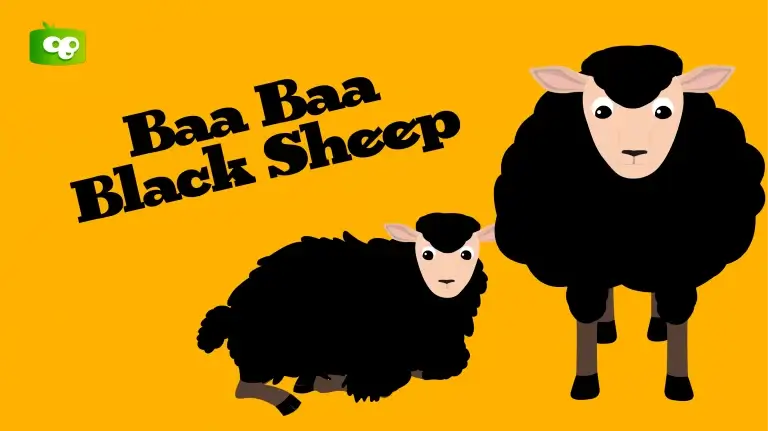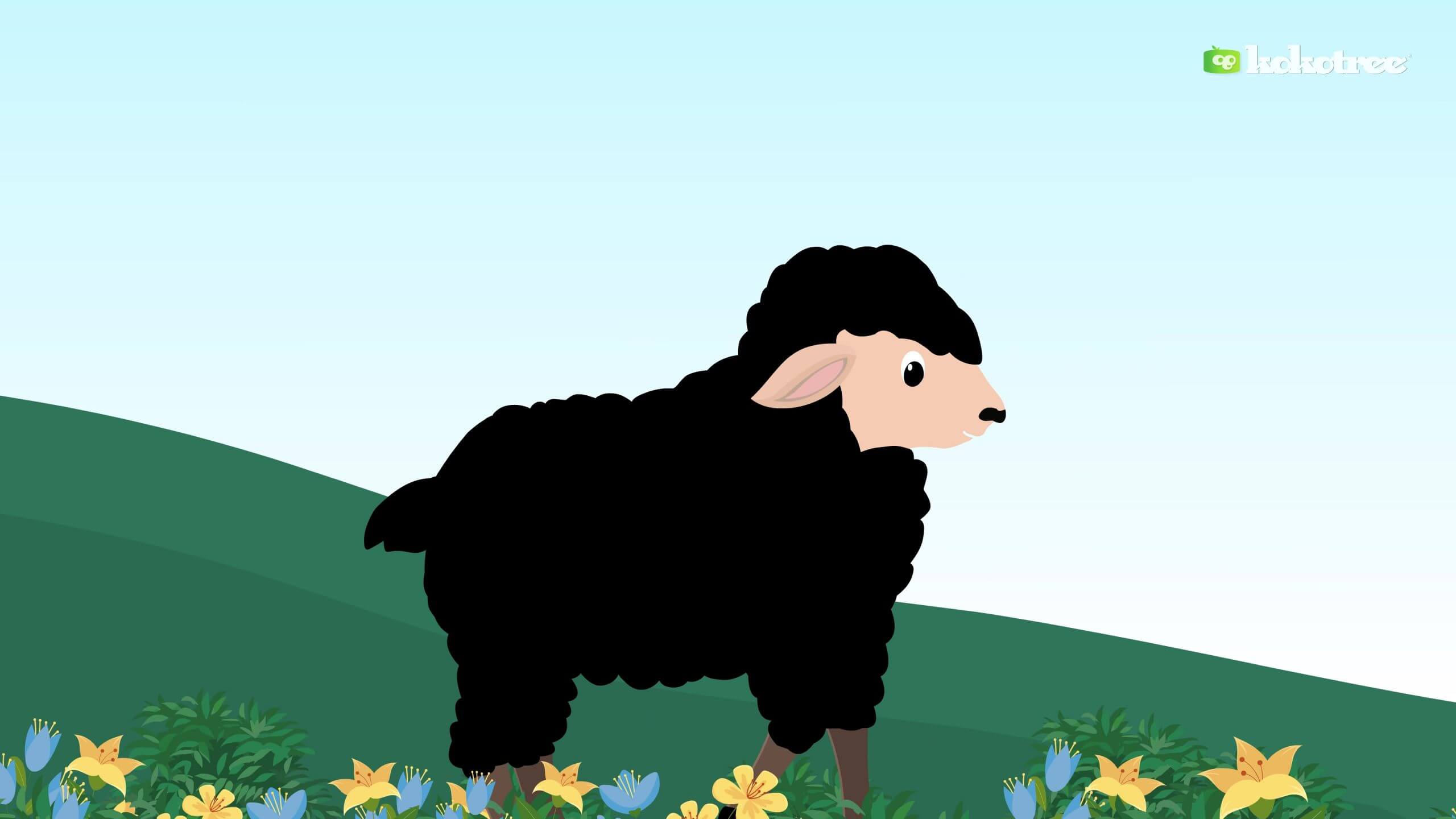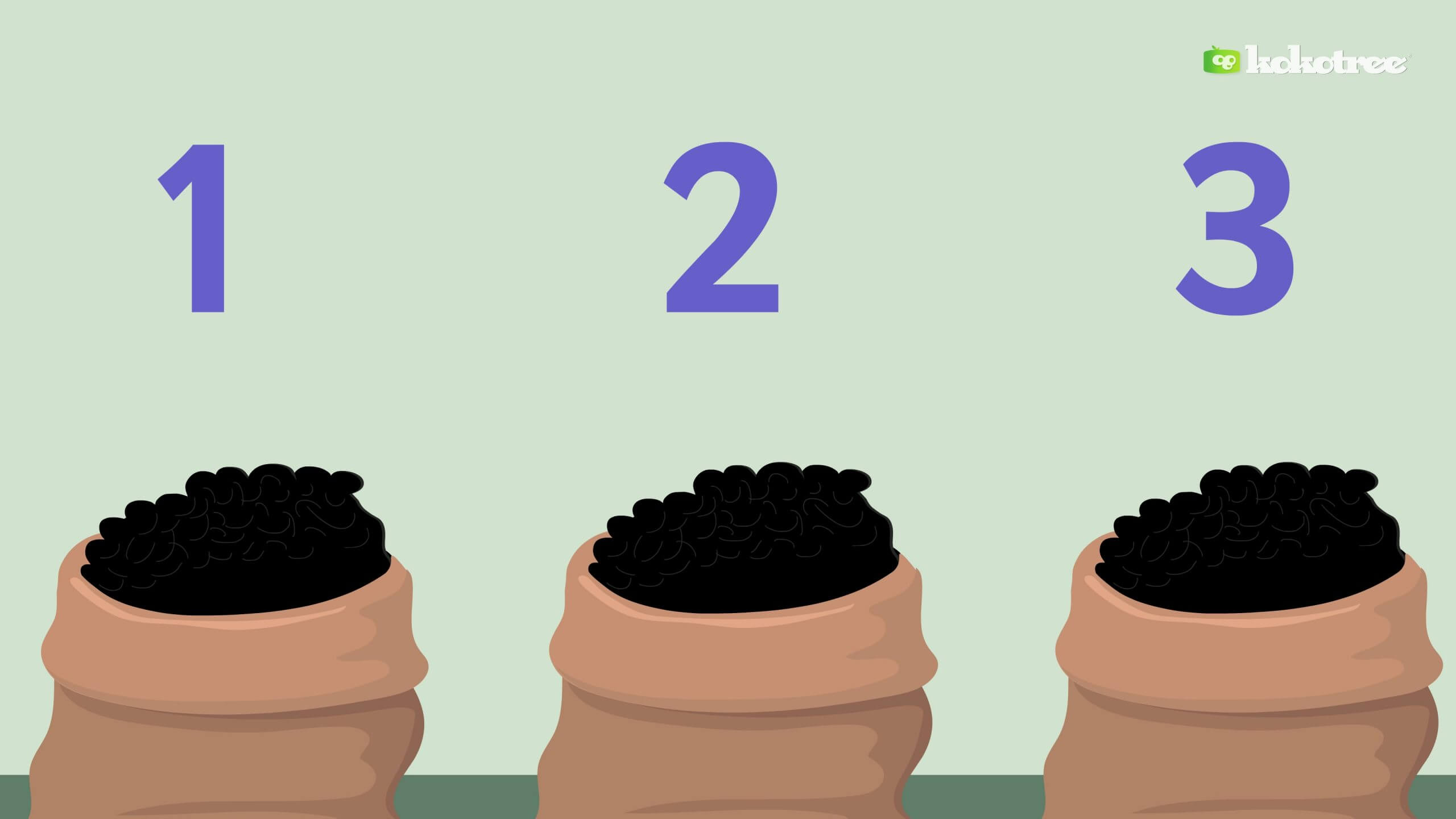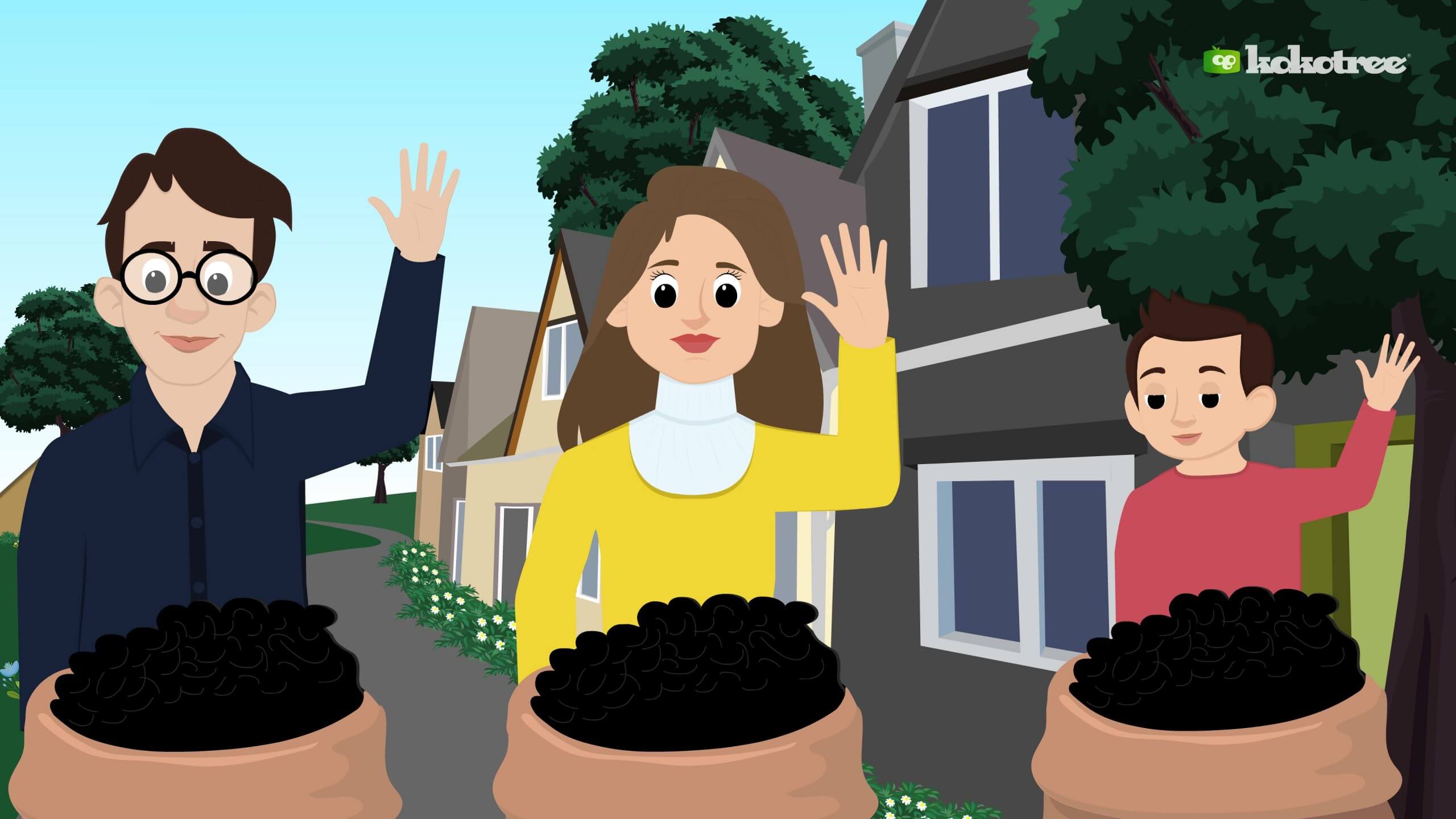

If you’re looking for a fun and educational way to help your preschooler develop their vocabulary, understanding of numbers, and curiosity about the world, look no further than Baa Baa Black Sheep. This classic nursery rhyme has entertained and educated kids for centuries, and there’s a reason it’s remained so popular. It’s one of the best videos on the Kokotree learning app for kids to learn core early learning concepts. Here are some educational benefits your child can get from watching the Baa Baa Black Sheep video.
Some of the educational benefits of Baa Baa Black Sheep include:
Baa Baa Black Sheep is more than just a catchy tune – it can help your child develop essential skills that will benefit them throughout life. By singing along and joining the fun, your child will learn about sheep and wool, alternative words, and recognizing numbers. This exposure to new concepts will help deepen their knowledge about animals and develop early math skills. So next time you’re looking for a way to entertain and educate your little one, don’t forget the power of this classic nursery rhyme.
The joyful Baa Baa Black Sheep is an English nursery rhyme from the 1700s, with slight lyric variations. Most parents and children will be familiar with the rhyme and words in this video.
The original version of Baa Baa Black Sheep Lyrics. There is a slight variation in the original version of the rhyme, which was first printed in Tommy Thumb’s Pretty Song Book, the oldest surviving collection of English language nursery rhymes, published around 1744. The lyrics were very similar to the contemporary version:
Bah, Bah, a black Sheep,
Have you any Wool?
Yes merry have I,
Three bags full,
One for my Master,
One for my Dame,
One for my little boy
That lives in the lane.
In the next surviving printing, in Mother Goose’s Melody (around 1765), the rhyme remained the same, except for the last lines, which were “But none for the little boy Who cries in the lane”.
Baa, baa, black sheep,
Have you any wool?
Yes, sir, yes, sir,
Three bags full;
One for the master,
And one for the dame,
And one for the little boy
Who lives down the lane.
“Baa Baa Black Sheep” is an English nursery rhyme song with a rich history dating back to around 1744. The meaning and interpretation of this rhyme have been the subject of much debate and speculation.
As with many nursery rhymes, attempts have been made to find origins and meanings for the rhyme, most of which have no corroborating evidence. Some suggest that the rhyme refers to resentment at the heavy taxation on wool. This interpretation is often linked to the medieval English “Great” or “Old Custom” wool tax of 1275, which survived until the fifteenth century.
In more recent times, the rhyme has been alleged to have a connection to the slave trade, particularly in the southern United States. This explanation was advanced during debates over political correctness and the use and reform of nursery rhymes in the 1980s, but it lacks supporting historical evidence.
An interesting perspective is that the wool of black sheep may have been prized as it could be made into dark cloth without dyeing. This suggests that the rhyme could celebrate the value of diversity and uniqueness.
However, it’s important to note that these interpretations are largely speculative. Like many nursery rhymes, the rhyme was likely created for its rhythm and rhyme scheme, which appeal to children rather than to convey any specific meaning or message.

Parents and experts love Baa Baa Black Sheep for its simple and repetitive lyrics, making it easy for toddlers to learn and remember. They also appreciate the video’s visuals, which help keep toddlers engaged and focused. The video’s colors, shapes, and movements all stimulate young minds and help teach kids about animal sounds and movements.
Baa Baa Black Sheep is best for toddlers aged 1-3. It is a simple and repetitive song that helps them to learn and remember the words. The visuals in the video are also stimulating and help to keep their attention focused.
“Baa Baa Black Sheep” is an English nursery rhyme with a history that dates back to the mid-18th century. The earliest printed version of the rhyme is found in “Tommy Thumb’s Pretty Song Book,” which was published around 1744.
The rhyme is usually sung to a variant of the 18th-century French melody “Ah! vous dirai-je, maman,” which is also used for “Twinkle Twinkle Little Star,” “Little Polly Flinders,” and the “Alphabet song.” A. H. Rosewig first published the words and melody in (Illustrated National) Nursery Songs and Games in Philadelphia in 1879.
Over the years, there have been some controversies and debates over the language and perceived meanings of “Baa Baa Black Sheep.” However, these controversies are often speculation-based and lack supporting historical evidence. Despite these debates, “Baa Baa Black Sheep” remains a beloved nursery rhyme sung by children worldwide.
These exciting facts can add depth and history to this simple nursery rhyme, making it even more engaging for parents and children.

The educational benefits of Baa Baa Black Sheep for toddlers are numerous. Not only can they learn language patterns and the rhythm of words, but they can also memorize tunes. This is essential for children as they learn to read. In addition, the repetitive nature of nursery rhymes helps with cognitive skills. All in all, there are many reasons why parents should consider using nursery rhymes with their toddlers.
Children will learn that wool comes from sheep. Sheep use it to keep warm in the winter but then we can use it to make clothes and blankets. Kids will be more familiar with white sheep, so will naturally be interested in the black sheep. The video also shows other creatures such as butterflies, birds, and a squirrel, encouraging children to think about what else they might find in the countryside. The sheep’s shadows can also be seen in the video, which is an ideal opportunity to talk about what they are and how they are formed.
The video also features a sheepdog, which can be used to introduce basic concepts of obedience and following rules. The sheepdog is shown herding the sheep and keeping them in line, which toddlers can learn is a good thing to do.
The educational benefits of Baa Baa Black Sheep for toddlers include learning how to share. In school, most teachers try to enforce sharing. Since there are many children in their classroom, they have to adjust to every kid’s need with observation. That’s exactly how to note if a child doesn’t understand how to share, care, and be attentive to a person’s feelings. These are life lessons that you instill in a child at a young age, but the teachers need help from the parents. Helping your toddler learn to share through songs like Baa Baa Black Sheep is a great way to start teaching them these important life lessons.
The video’s catchy tune and repetitive actions will encourage toddlers to move their bodies and dance along. This is not only great for their physical development, but also for their cognitive development and memory.
The visuals in the video are simple but effective, leaving plenty of room for children’s imaginations to run wild. The black sheep in particular can be a source of inspiration for art projects or other creative animal activities.
The rhyme includes the words “master”, “dame” and “sir”, which children may not have heard before. “Lane” might be unfamiliar to some children as well. This is a great chance to explain their meaning. Children will also learn the word “full”, which is a term they will use in math capacity lessons.
The numbers 1 – 3 are shown in the video, enabling children to recognize and identify numerals and hear the words. They can count three sheep, three people, and three bags of wool and other wildlife, flowers, trees, clouds, and houses. This provides a perfect opportunity to talk about numbers and counting with toddlers.
Understanding where we get different materials helps children make important choices about the environment. This knowledge is also useful when kids design and make things. Realizing that some materials come from animals increases their understanding of the world and its inhabitants.
Children expand their vocabulary by hearing alternative words, such as “sir” or “master” for a man, “dame” for a woman, and “lane” being a type of road. This is a perfect opportunity to talk about other things that have more than one word. Knowing different words will greatly enhance your child’s speech and writing skills.
Recognizing and identifying numbers is one of the earliest skills your child will develop in math. It is not only important that kids can count objects but that they recognize the written numerals as well. This video has clear numbers that children can count along with as they appear. This is an enjoyable video of a well-loved rhyme, that provides lots of opportunities for learning with your child.


Baa Baa Black Sheep is a nursery rhyme that has been around for many years. It is loved by children and parents alike for its catchy tune and adorable visuals. But this video goes beyond being just a fun song to watch. It provides lots of opportunities for learning with your child.
The educational benefits of the video include teaching toddlers about obedience, numbers, and alternative words for common objects. It is also a great way to introduce your child to the farm or countryside. And lastly, it is a fun video that you and your child can sing and dance along to together!




